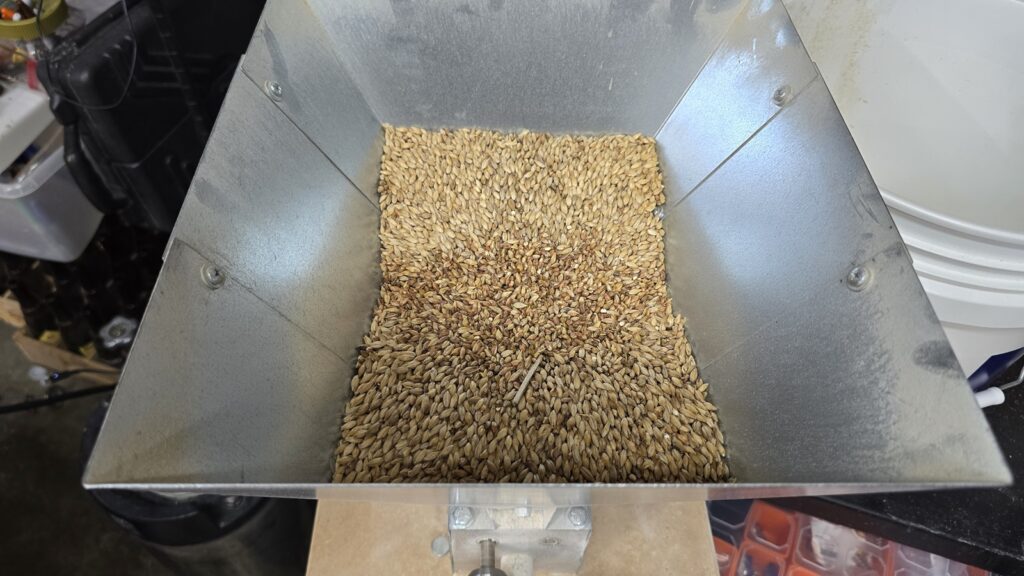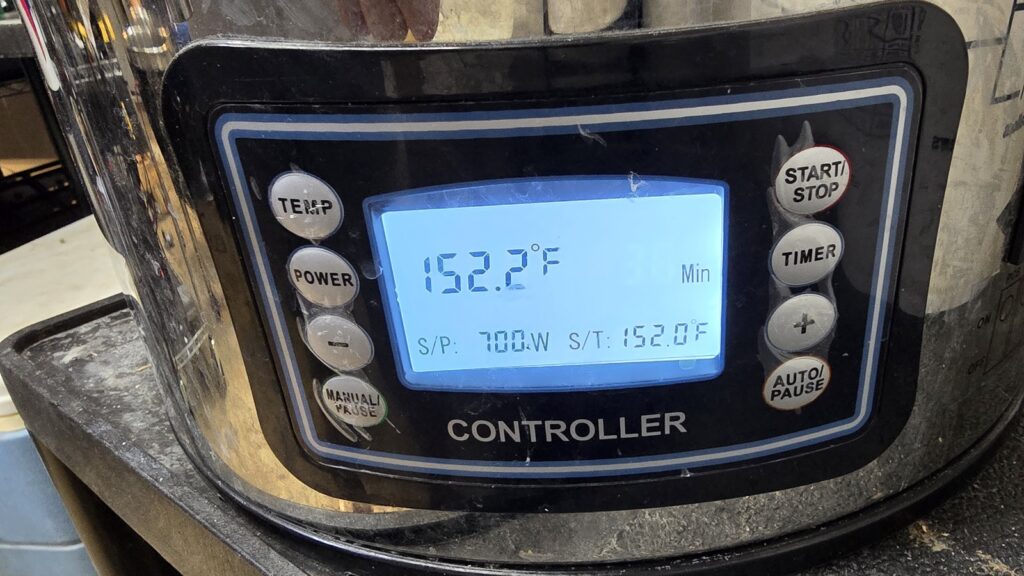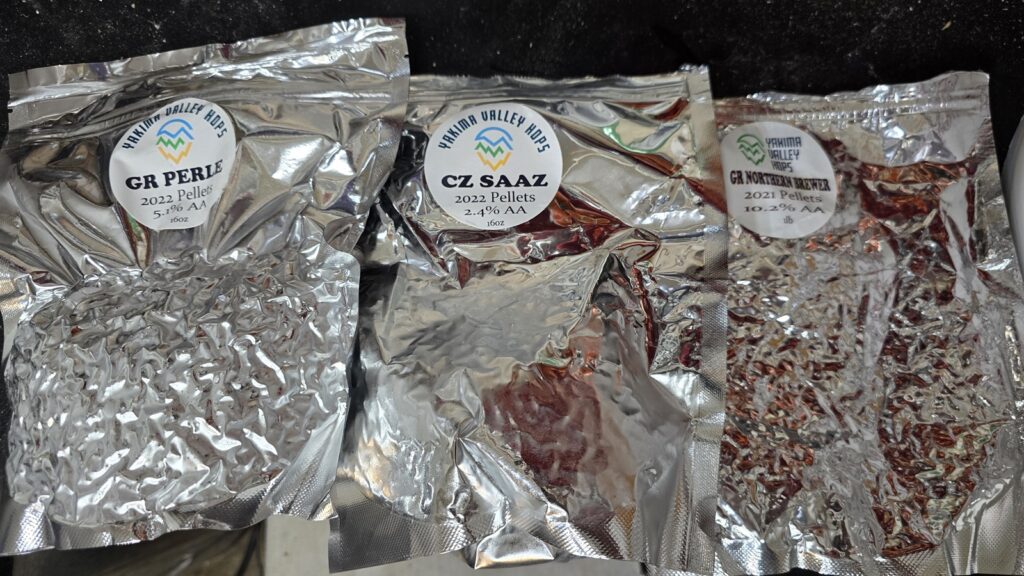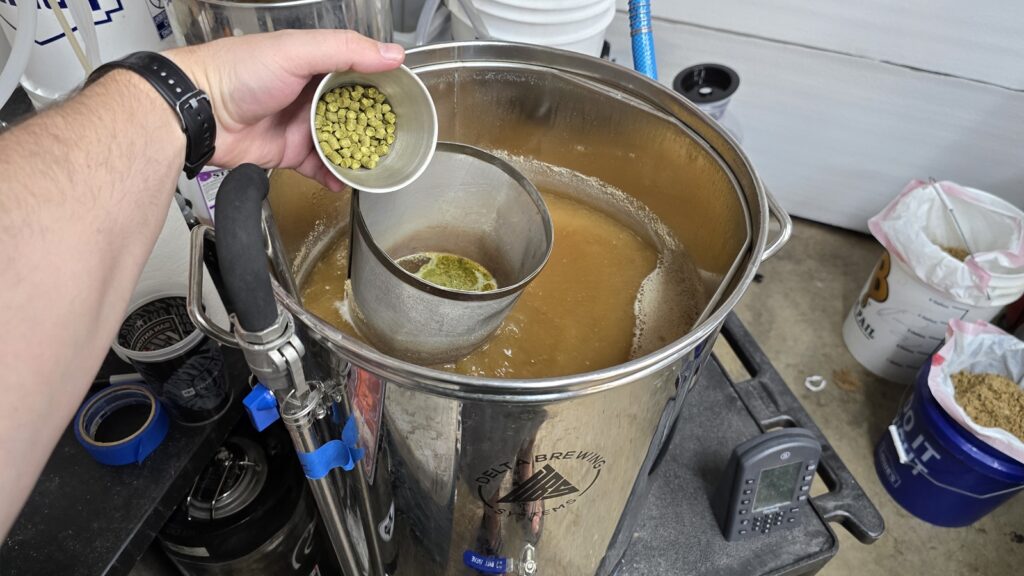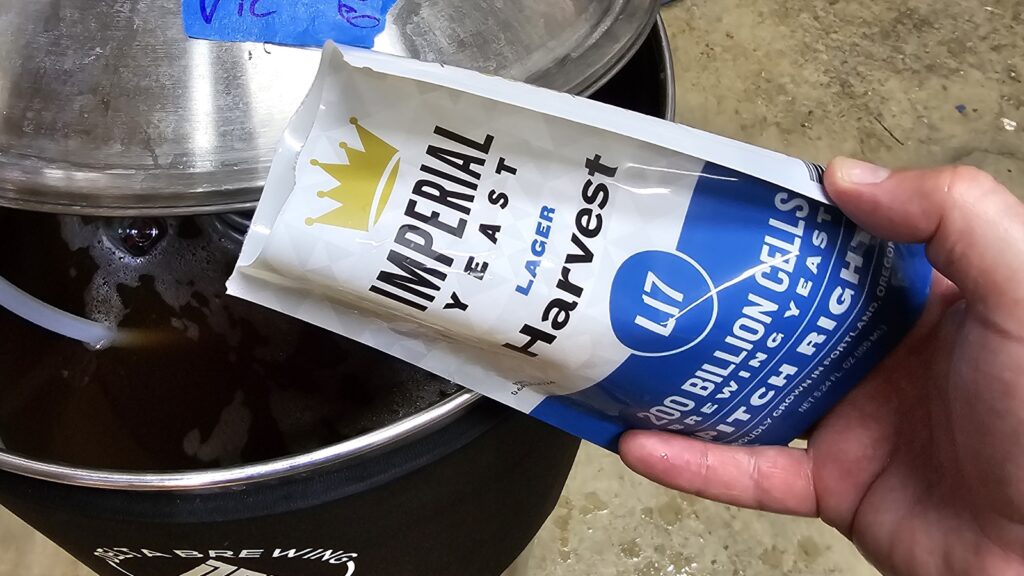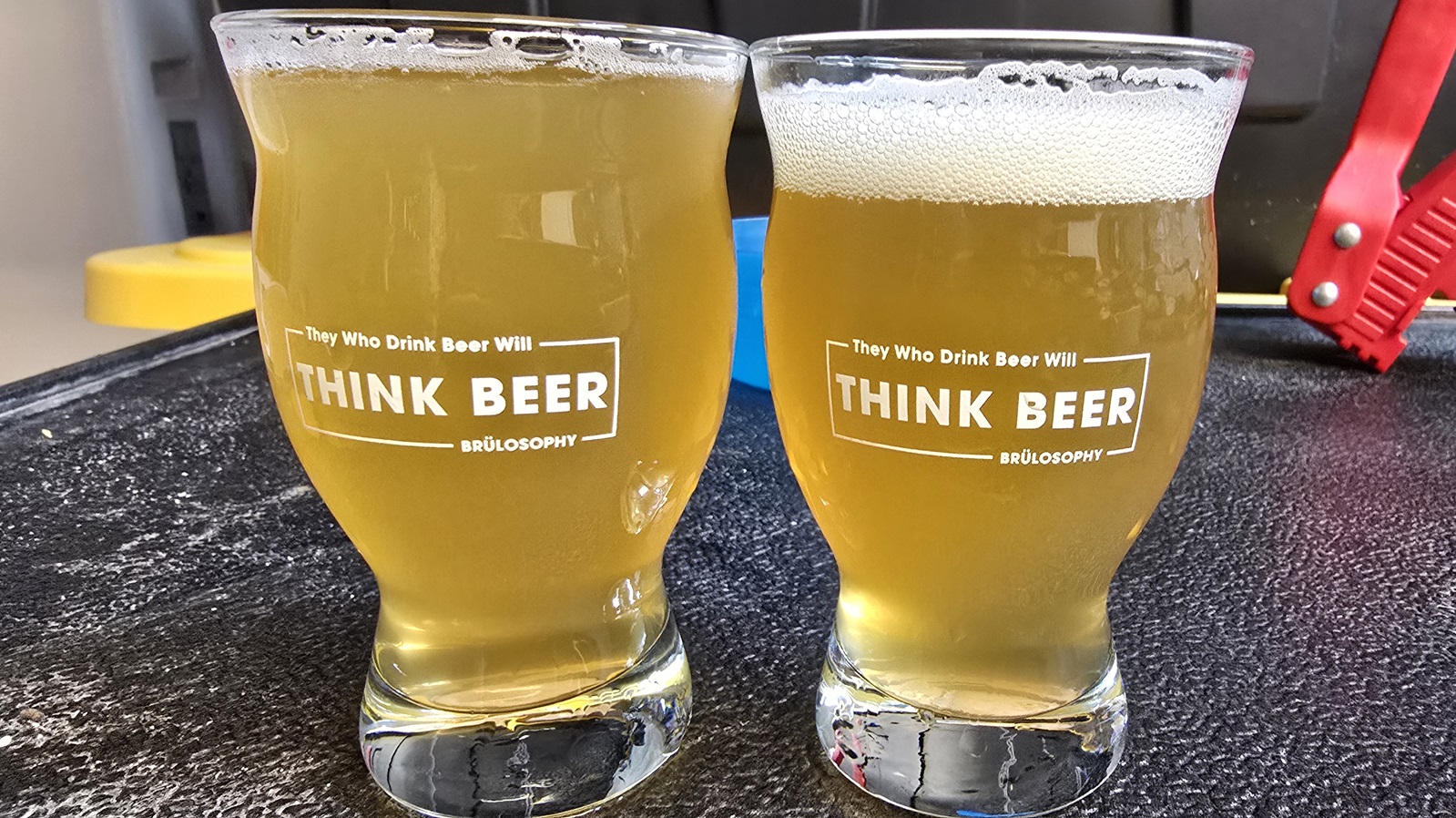
Author: Will Lovell
Beer is a delightful beverage that gets its flavor from several sources, the most prominent being malted barley. From cracker and white bread to toasty and ashy, malt is arguably the main reason so many beer styles exist today. The term “specialty malt” is used to describe a subsect of malts that undergo differing treatments in order to accentuate specific characteristics that are quite noticeable despite their relatively low usage rates.
One such specialty malt is Victory, a product from Briess Malting that was designed to mimic biscuit malt and is generally described as contributing toasted, nutty, and biscuit flavors to beer. While Victory malt can purportedly be used at a rate of up to 25% of the grain bill, 5 – 10% is commonly recommended to add a touch of bready warmth to styles ranging from pale lager to dark Stout.
I’ve used Victory malt quite a bit over the years in many different styles, and while I’ve felt it has had the desired impact, I’ve also made and sampled beers with notable biscuit-like flavor that Victory wasn’t used in. Curious to learn more about the actual flavor impact this popular specialty malt has on a clean Festbier, I designed an xBmt to test it out.
| PURPOSE |
To evaluate the differences between a Festbier made with 5% Victory malt and one made with no Victory malt.
| METHODS |
For this xBmt, I went with a simple Festbier recipe, replacing the dose of Victory malt in the control batch with additional Pilsner malt.
OktoberFestivus
Recipe Details
| Batch Size | Boil Time | IBU | SRM | Est. OG | Est. FG | ABV |
|---|---|---|---|---|---|---|
| 5.5 gal | 30 min | 22.5 | 6.7 SRM | 1.055 | 1.009 | 6.04 % |
| Actuals | 1.055 | 1.009 | 6.04 % | |||
Fermentables
| Name | Amount | % |
|---|---|---|
| Llano Pilsner | 12 lbs | 84.21 |
| Munich Malt | 1.5 lbs | 10.53 |
| Victory Malt OR additional Pilsner malt | 12 oz | 5.26 |
Hops
| Name | Amount | Time | Use | Form | Alpha % |
|---|---|---|---|---|---|
| Perle | 24 g | 60 min | Boil | Pellet | 5.1 |
| Perle | 17 g | 30 min | Boil | Pellet | 5.1 |
| Saaz | 31 g | 5 min | Boil | Pellet | 2.4 |
Yeast
| Name | Lab | Attenuation | Temperature |
|---|---|---|---|
| Harvest (L17) | Imperial Yeast | 74% | 50°F – 60.1°F |
Notes
| Water Profile: Ca 52 | Mg 17 | Na 0 | SO4 103 | Cl 65 |
I started my brew day by adding identical volumes of water to separate Delta Brewing AIO units, adjusting each to the same mineral profile, and setting the controllers to heat them up before milling the grain.
When the water for each batch was properly heated, I incorporated the grains then set the controllers to maintain them at the same mash temperature.
While the mashes were resting, I prepared the kettle hop additions.
Once each 60 minute mash was complete, I removed the grains then proceeded to boil the worts for 60 minutes, adding hops as listed in the recipe.
When the worts were done boiling, I took refractometer readings showing a very small difference in OG.
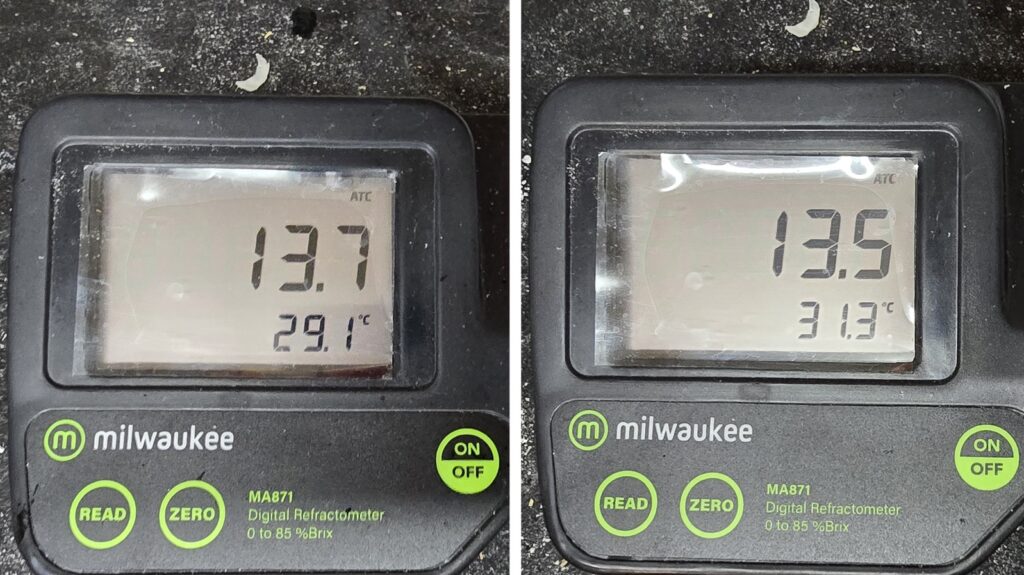
I transferred identical volumes of wort to Delta Brewing FermTanks that were attached to my glycol system and left to finish chilling to my desired fermentation temperature. Within 30 minutes, both worts were stabilized at 66°F/19°C, so I pitched a pouch of Imperial Yeast L17 Harvest into each.
With signs of activity absent 8 days later, I took hydrometer measurements showing both beers were at the same FG.
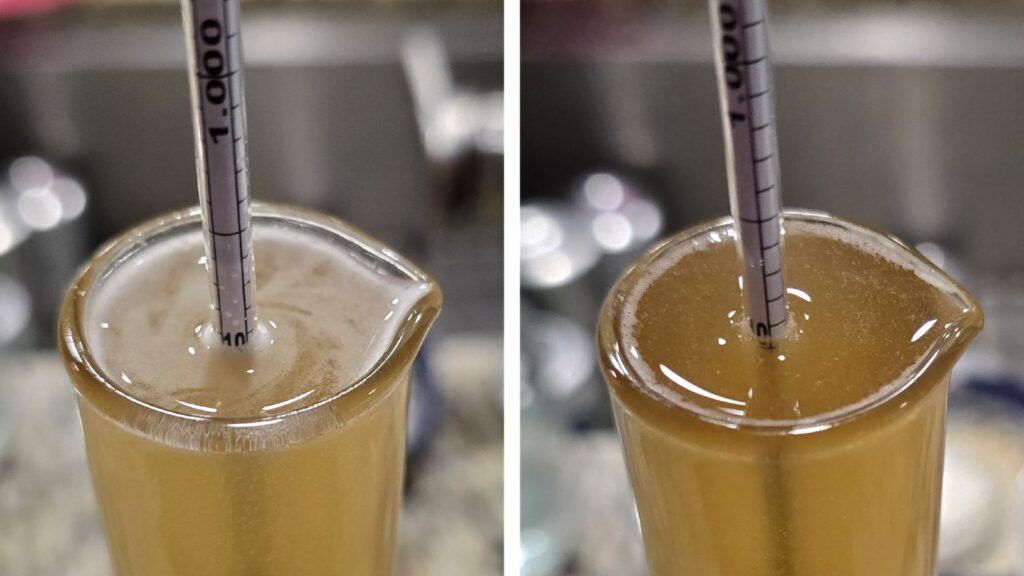
After an overnight cold crash, I transferred the beers to CO2 purged keg and placed them next to each other on gas in my keezer. After 3 weeks of cold conditioning, the beers were carbonated and ready for evaluation, albeit hazier than expected.
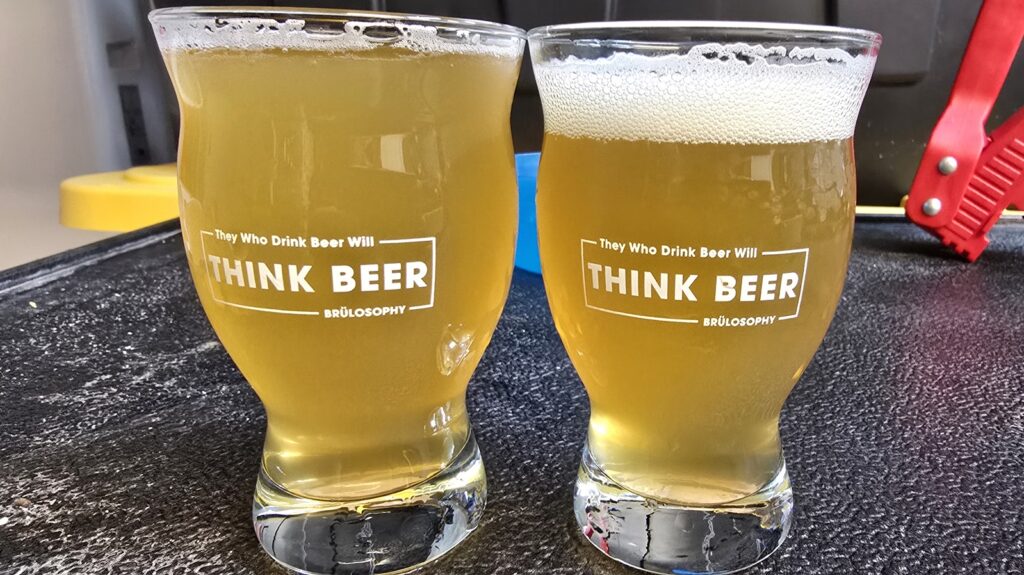
| RESULTS |
A total of 21 people of varying levels of experience participated in this xBmt. Each participant was served 1 sample of the beer made without Victory malt and 2 samples of the beer with Victory malt in different colored opaque cups then asked to identify the unique sample. While 12 tasters (p
My Impressions: Out of the 5 semi-blind triangle tests I attempted, I correctly identified the odd-beer-out just once, which is congruent with my perception that these beers were identical in terms of aroma, flavor, and mouthfeel. This wasn’t a bad thing at all, as both beers had a lovely biscuit flavor with a touch of sweetness that made them very easy to drink!
| DISCUSSION |
Perhaps more than any other brewing ingredient, grains are the biggest determinant of beer style, as they’re known to contribute a wide variety of flavors, not to mention colors, depending on how they were processed. Victory malt, as the name suggests, is initially malted before going through a unique roasting and kilning process resulting in a product that lends beer a warm, toasty, and biscuit-like flavor. Interestingly, tasters in this xBmt were unable to reliably distinguish a Festbier made with 5% Victory malt from one made without Victory malt.
In considering explanations for these results, it’s possible the apparent lack of a perceptible difference is a function of the amount of Victory malt used in this recipe – while 5% is within the recommended range, perhaps a larger proportion would have contributed more of the expected characteristics. It could also be that other aspects of the recipe, for example the use of Munich malt, served to minimize the flavor influence of the Victory malt, though one would assume it’d still have some noticeable impact.
I’ve been brewing with Victory malt for years and have no plans to stop using because of this single data point. However, I do find it interesting that neither tasters nor I could tell apart these beers, particularly considering the significant results of a past xBmt comparing Victory and Biscuit malts when used at the same rate. This is an ingredient I certainly plan on digging into more in the future, and until then, I’ll be considering upping the amount of Victory malt I use in certain recipes.
If you have any thoughts about this xBmt, please do not hesitate to share in the comments section below!
Support Brülosophy In Style!
All designs are available in various colors and sizes on Amazon!
Follow Brülosophy on:
FACEBOOK | TWITTER | INSTAGRAM
If you enjoy this stuff and feel compelled to support Brulosophy.com, please check out the Support page for details on how you can very easily do so. Thanks!
Related



